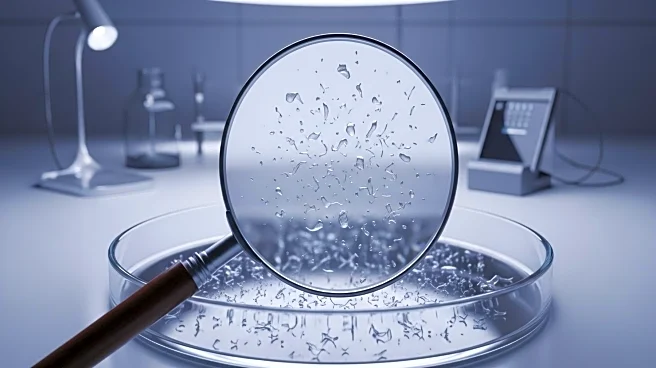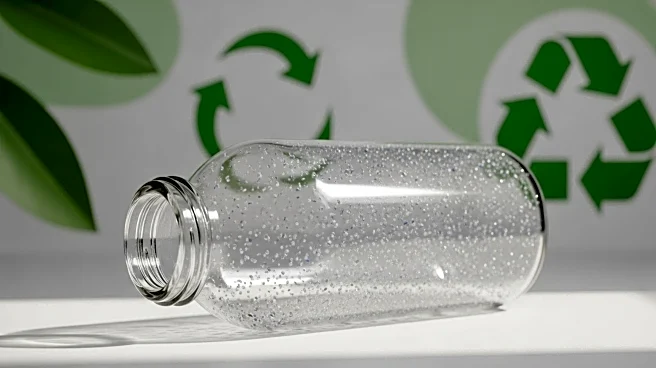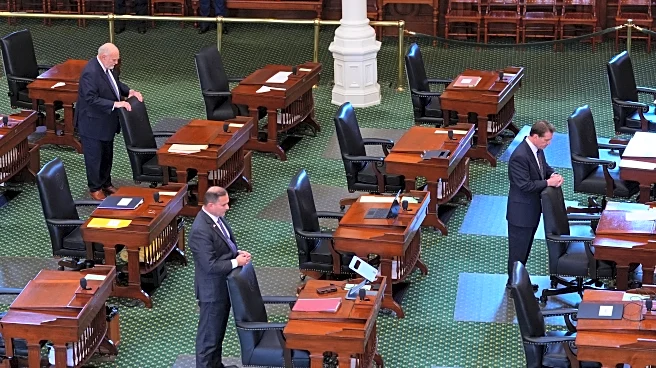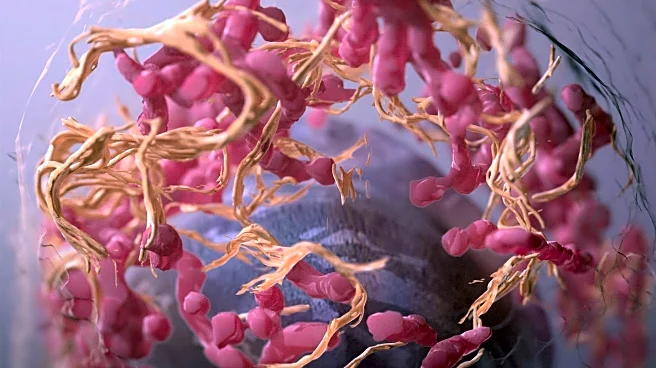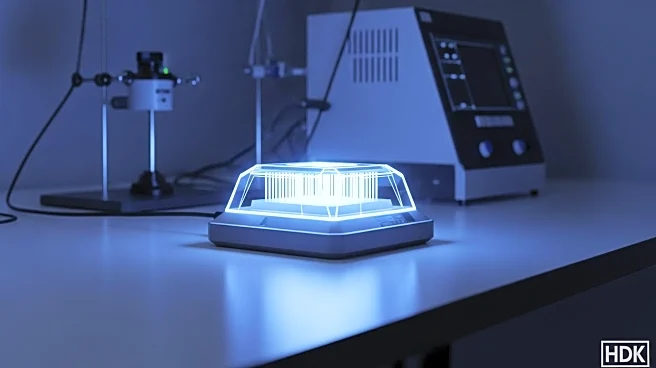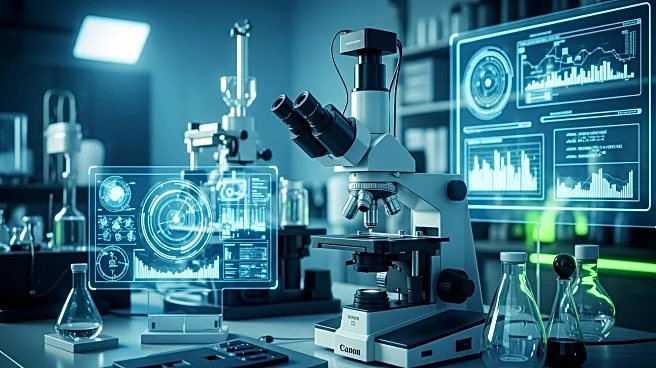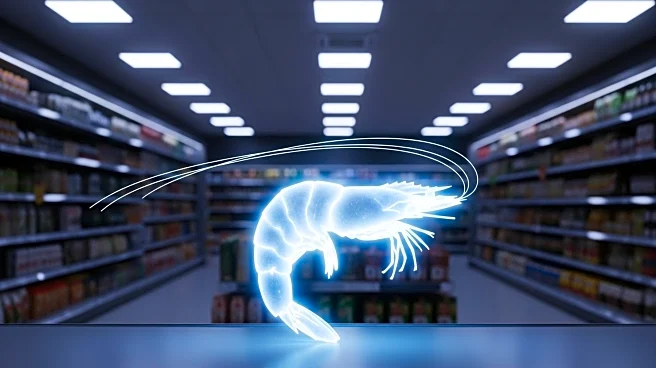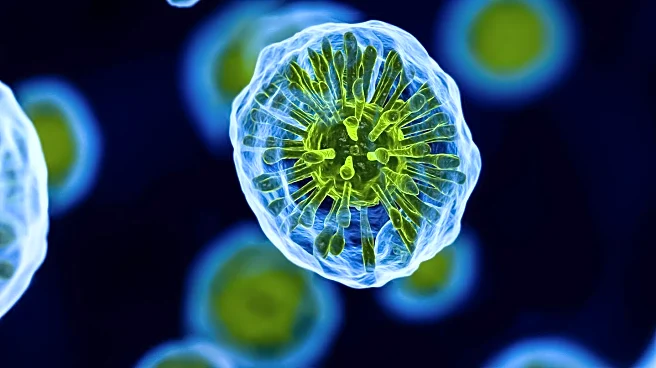What's Happening?
In 2025, U.S. lawmakers have introduced significant legislative measures to address the growing concern of microplastics. A bipartisan bill, the Microplastics Safety Act (H.R. 4486), was introduced to direct the Secretary of Health and Human Services, through the FDA Commissioner, to study the human health impacts of microplastics in food and water. The study will focus on areas such as children's health, the endocrine system, cancer, chronic illness, and reproductive health. Additionally, the Plastic Health Research Act (H.R. 4903) aims to expand and coordinate programs related to plastic exposure health research, with a proposed budget of $10 million per fiscal year from 2026 to 2030. These initiatives reflect a growing regulatory interest in microplastics at both federal and state levels.
Why It's Important?
The introduction of these bills highlights the increasing concern over microplastics and their potential health impacts. As microplastics are identified as contaminants affecting freshwater and ocean ecosystems, understanding their effects on human health is crucial. The proposed research and funding could lead to more informed policy decisions, potentially influencing regulations on plastic production and disposal. This could impact industries involved in plastic manufacturing and environmental conservation efforts, as well as public health policies. The bipartisan support for these initiatives suggests a shared recognition of the need for comprehensive data to guide future regulations.
What's Next?
The bills have been referred to the House Committee on Energy and Commerce, where they will undergo further review and discussion. If passed, the studies and research centers proposed could provide valuable insights into microplastics' health impacts, potentially leading to new regulatory frameworks. Stakeholders, including environmental groups and industry representatives, may engage in discussions to shape the direction of these regulations. The ongoing research by agencies like the EPA and NOAA will continue to contribute to the understanding of microplastics, influencing public perception and policy development.
